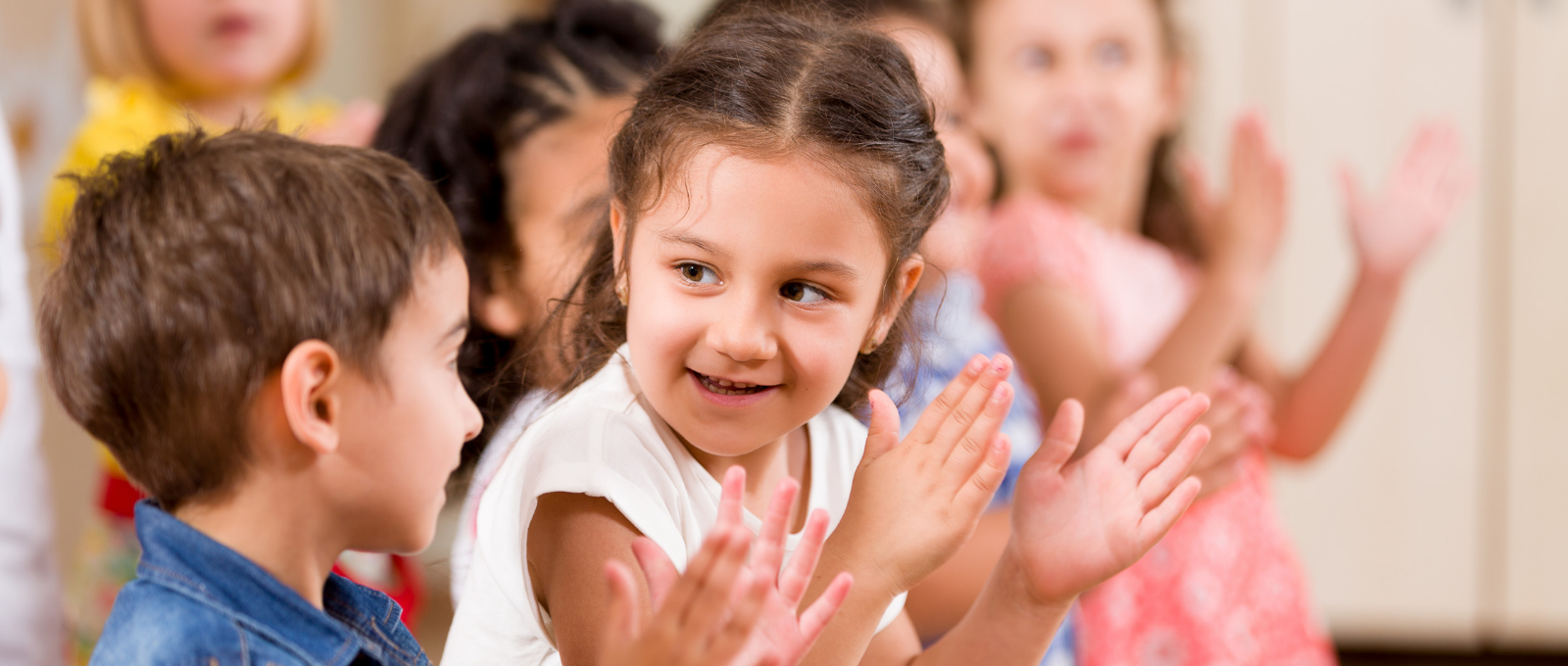“Respectful. Caring. Intelligent. Courageous. Hard working. Empathetic. Confident. Humble. Kind.”
One of my favorite ways to start a parenting workshop I facilitate on limits and consequences is to ask parents to close their eyes and envision their children-turned-adults. “What kind of people do you hope your kids become?”
To be clear, when I ask this question I am not interested in hearing what jobs you hope your kids get or what city you hope they settle in. Those are the kinds of choices that I want my children to make without the added weight of my narrow expectations.
Instead, I am hoping that you paint a picture with broader strokes – of the type of human being you hope to be sharing the world with in five, ten or fifteen years.

Two compelling reasons to start at the end and work backwards:
1. Parenting can be a delayed gratification activity.
Sure there are countless moments of sweetness and blissed-out joy. My two-year-old just started spontaneously saying “I love you.” If that isn’t gratifying I don’t know what is.
That said, many of the choices that we make as parents are difficult, especially when it comes to setting boundaries. They are not always met with sweetness and light. Instead, we might get tantrums, meltdowns, or “You are the only Mom/Dad/Grandpa/Auntie who cares about this!”
It is in these moments that it can be helpful to remember the end game. The goal isn’t always a happy evening. The goal is to nurture a kind and courageous person.
It can be tempting in these moments to take the easy way out or the path of least resistance. But a mountain of research reminds us that a balanced parenting style that includes enforcing loving limits and consequences enables our children to practice the skills of emotional regulation and self-discipline. It is not surprising that Search Institute has identified boundaries and expectations as one of the core building blocks of healthy development.
2. The goals inform the means.
Painting a vision of the future not only reminds us of what the goal is, but also what it is not. The goal is not to win inevitable power struggles. The goal is not to show our kids who’s boss. The goal is not to break their spirit.
These differences help us understand why a threat is different from a consequence.
Here is what a threat sounds like. “You better put away your toys or else!”
Here is what a consequence sounds like: “It looks like you are ready to go play with other things. Let’s clean these toys up together first. If you choose to not help clean them up, you are choosing to not be able to play with these toys for the rest of the day. “
Especially when kids are young, we can usually get them to comply out of fear of punishment. But the end goal is not compliance. The goal is for our children to learn how to regulate their own emotions and make responsible and caring choices. Laying out a clear and appropriate consequence helps kids consider the impacts of their actions on others and ultimately develop the capacity to make healthy decisions on their own. We may loosen as our kids get older, but we don’t let go.
Painting a picture of the future won’t solve all of our parenting struggles but it can certainly give us some perspective when the going gets rough. And while there is no single, perfect path towards that future, our imperfect but wholehearted attempts to get there can make all the difference in the world.